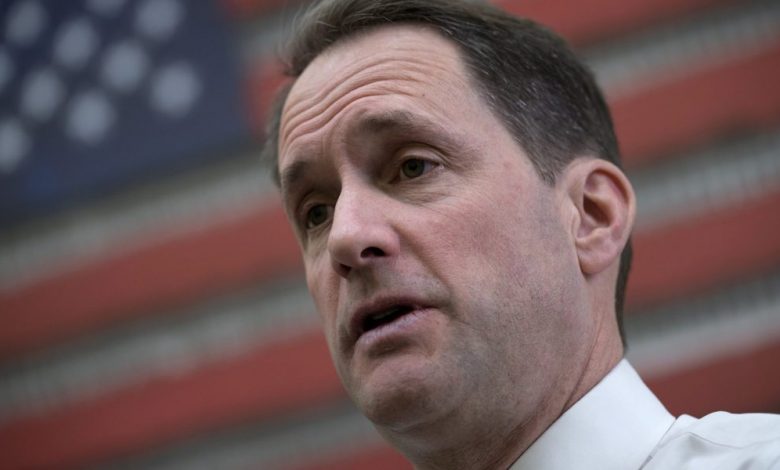US race to identify the last two objects shot down

The object shot down over the Yukon on Saturday was described by US officials as a balloon significantly smaller than the three school bus-sized balloon that was struck by a missile on February 4 while flying off the coast of South Carolina drifted off after crossing the country. A flying object brought down over Alaska’s remote north coast on Friday was rather cylindrical and was described as some kind of airship.
According to the officials, who spoke on condition of anonymity to The Associated Press to discuss the ongoing investigation, it was believed both had a payload either attached to or suspended from them. Officials could not say who launched the objects and were trying to determine their origin.
US officials said the two newer objects were much smaller, different in appearance and flying at lower altitudes than the suspected Chinese spy balloon that crashed into the Atlantic after the US missile strike. They said the objects in Alaska and Canada were inconsistent with the fleet of Chinese air surveillance balloons that were targeting more than 40 countries and stretching at least as far back as the Trump administration.
This great white orb first appeared over the United States in late January, and Americans have been fixated on the sky above them ever since. US authorities have made it clear that they are constantly on the lookout for unfamiliar radar signals, and it’s not uncommon to close airspace as a precaution to assess them.
On Sunday, the US briefly closed the airspace over Lake Michigan; This happened over rural Montana on Saturday night. Officials said Sunday they would no longer track objects over those locations.
Senate Majority Leader Chuck Schumer told ABC’s This Week that US officials were working quickly to salvage debris from all sites. Using shorthand to describe the objects as balloons, he said the US military and intelligence officials are “focused like a laser” on collecting and gathering the information and then putting together a comprehensive analysis.
“The bottom line is that we didn’t know about these balloons until a few months ago,” said Schumer, DN.Y., of the spying program that has linked the government to the People’s Liberation Army, China’s military. “It’s crazy that we didn’t know.”
Eight days ago, F-22 jets shot down the large white balloon that had hovered over the United States for days at an altitude of about 60,000 feet. US officials immediately blamed China, saying the balloon was equipped to detect and collect intelligence signals and could maneuver itself. White House officials said improved surveillance skills helped spot it.
China’s Foreign Ministry said the unmanned balloon was a civilian meteorological airship that went off course. Beijing said the US “overreacted” by shooting it down.
Then on Friday, the North American Aerospace Defense Command, the combined US-Canadian organization that jointly defends the airspace over the two nations, spotted and shot down an object near sparsely populated Deadhorse, Alaska.
Later that evening, NORAD spotted a second object flying at high altitude over Alaska, US officials said. It crossed Canadian airspace near the Yukon, a remote province, on Saturday and Prime Minister Justin Trudeau ordered it shot down.
In both incidents, the objects were flying at an altitude of about 40,000 feet and posed a potential threat to civilian aircraft flying at that altitude.
The three cases have heightened diplomatic tensions between the United States and China, raised questions about the extent of American surveillance by Beijing, and prompted days of criticism from Republican lawmakers over the administration’s handling.
Rep. Mike Turner, chairman of the House Intelligence Committee, said the government was looking “a little trigger-happy”.
“Although that’s certainly preferable to the revealing environment they displayed when the Chinese spy balloon passed over some of the most sensitive locations,” Turner, R-Ohio, told CNN’s State of the Union.
After last weekend’s downing, Chinese officials said they reserved the right to “take further action” and criticized the US for “an apparent overreaction and a serious breach of international practice.”
Connecticut Rep. Jim Himes, the top Democrat on the House Intelligence Committee, urged the government to be as accommodating as possible, saying the lack of solid information is fueling online speculation.
Himes said one thing that’s been clear from the briefings over the last few years is “that there’s a lot of junk up there” in the sky.
“The truth is, most of our sensors and most of what we were looking for didn’t look like balloons,” he told NBC’s Meet the Press.
Learn how to navigate and build trust in your organization with The Trust Factor, a weekly newsletter exploring what leaders need to succeed. Login here.



